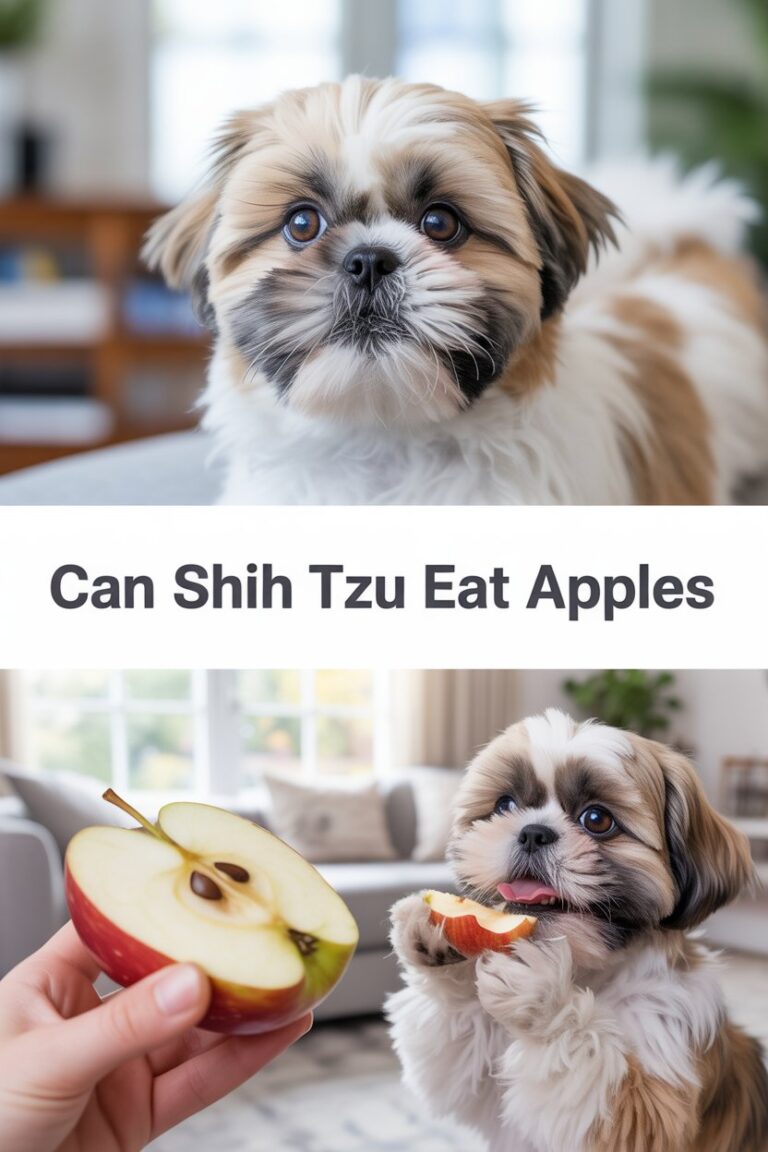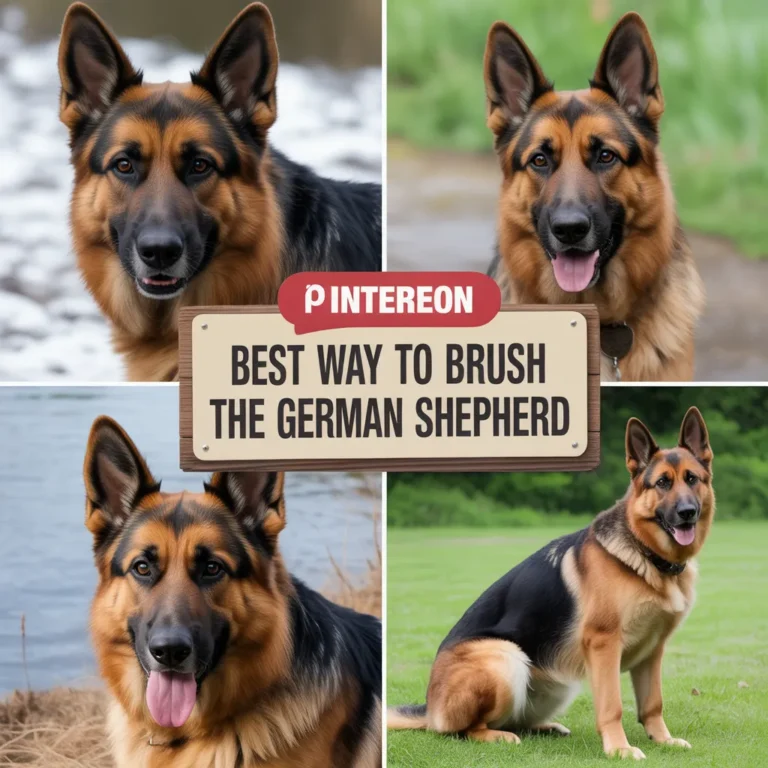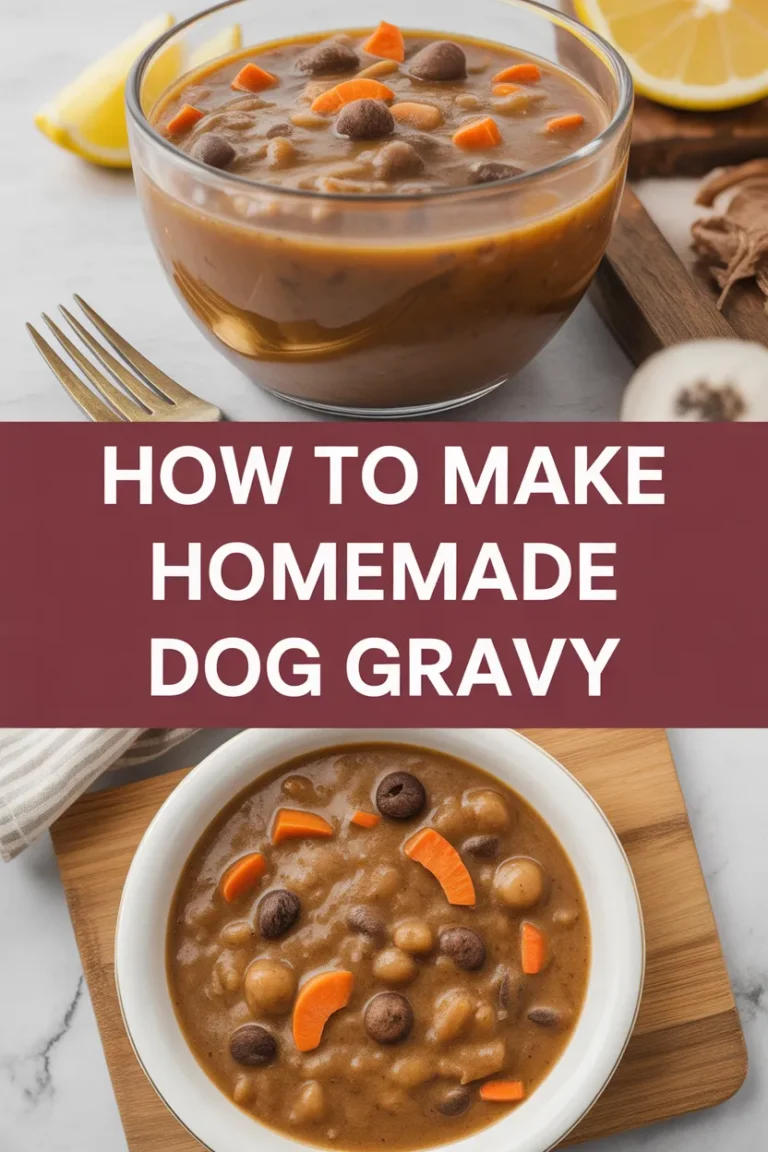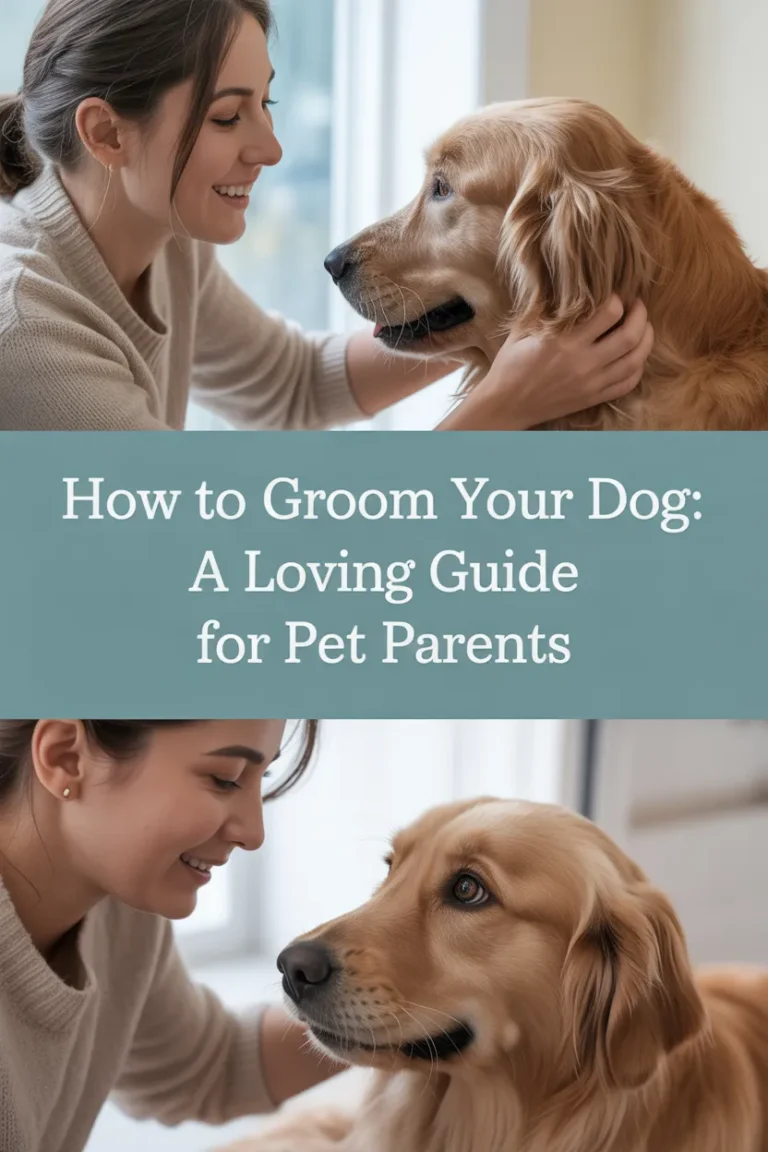How to Stop Puppy Nipping: A Guide to Positive Training
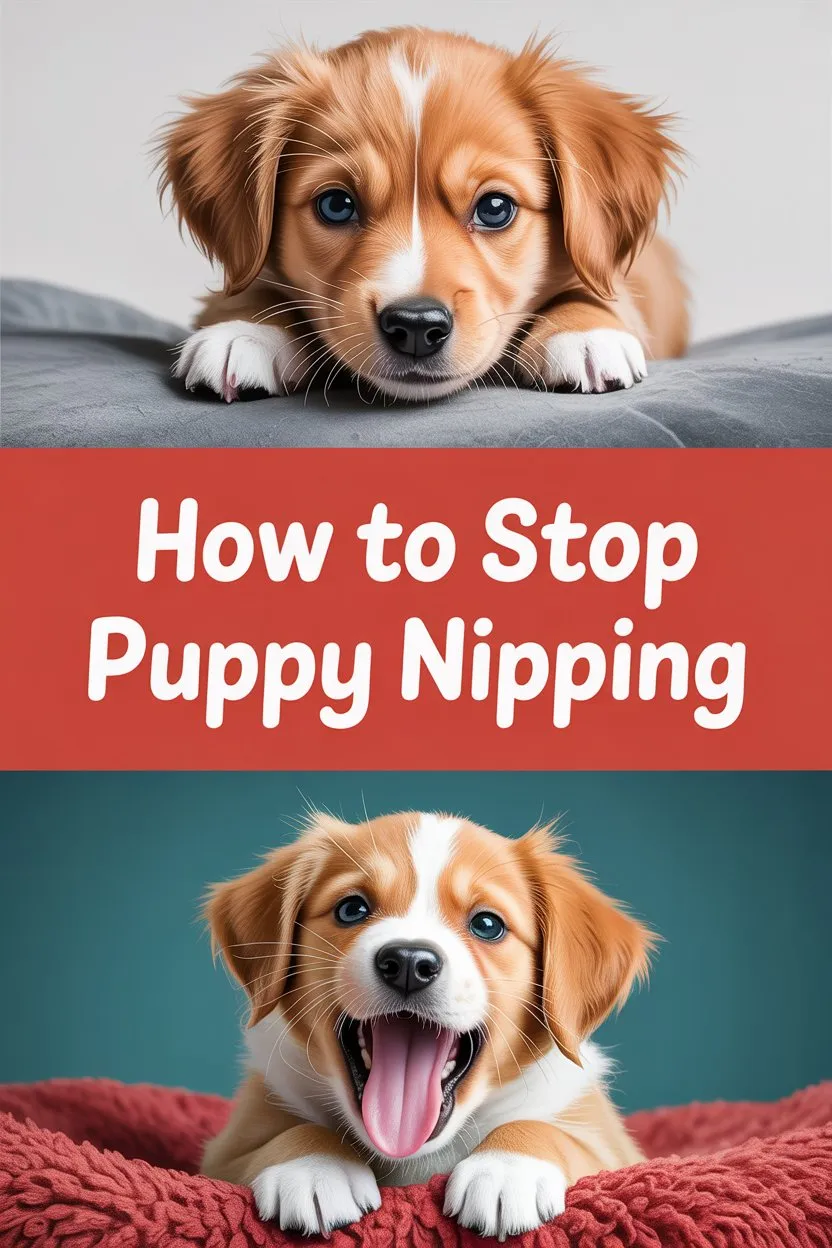
If you’re a new puppy owner, you’ve probably noticed that your adorable little puppy has a habit of nipping at your hands, feet, and even clothes. While it might seem cute at first, puppy nipping can quickly turn into a frustrating and potentially dangerous behavior if not addressed early on. But don’t worry—stopping puppy nipping is possible with patience, consistency, and positive training techniques.
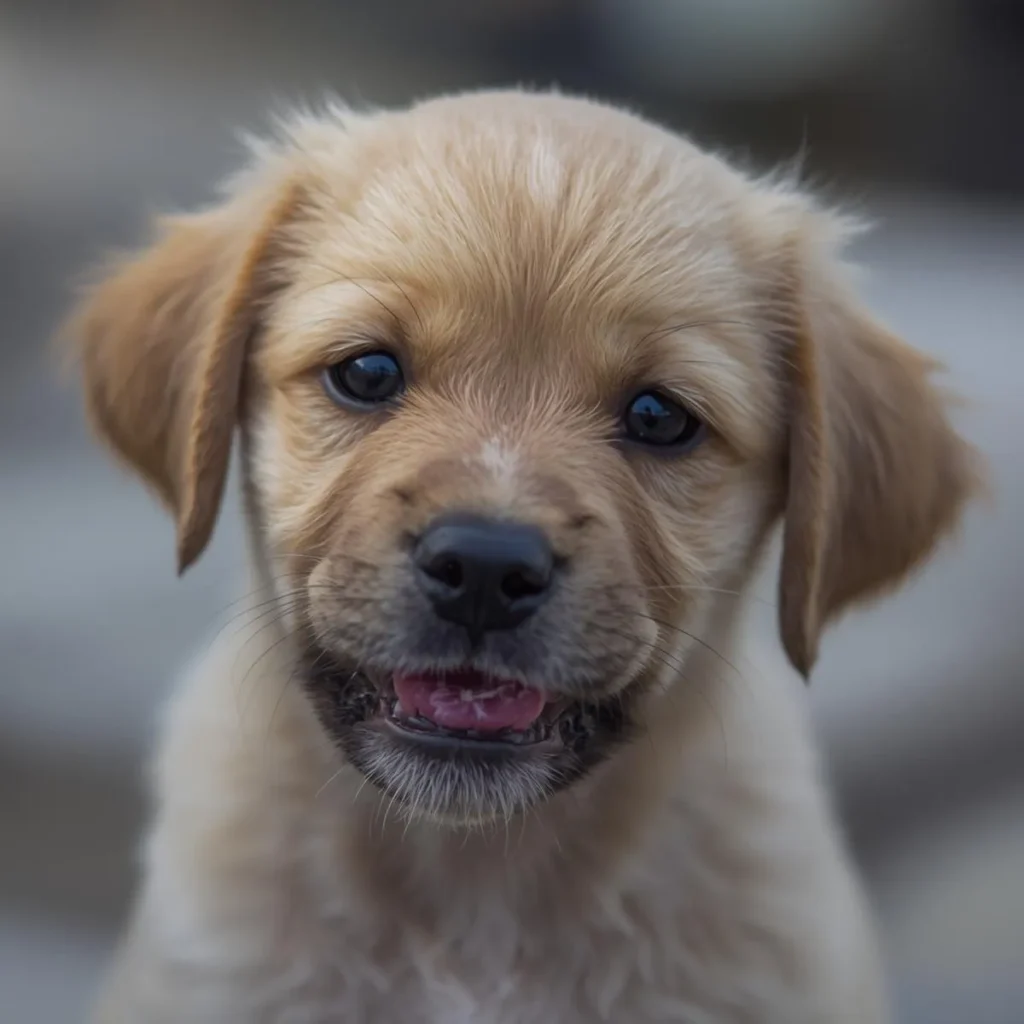
In this article, we’ll walk you through how to stop puppy nipping using gentle methods that will help teach your dog better manners, making sure both you and your puppy stay happy and safe.
Why Do Puppies Nip?
Before we dive into the techniques, it’s important to understand why puppies nip in the first place. Nipping is a completely normal behavior for puppies, especially during their teething stage. Just like human babies, puppies explore the world with their mouths, and nipping is a way for them to interact with their environment.
However, while nipping is natural, it’s still important to teach your puppy boundaries and proper behavior. Puppy nipping, if left unchecked, can turn into biting, which is a behavior that needs to be corrected early on.
Use Positive Reinforcement
One of the most effective ways to stop puppy nipping is through positive reinforcement. This method involves rewarding your puppy when they exhibit the behavior you want, rather than punishing them for nipping.
Why It’s Important: Positive reinforcement helps your puppy associate good behavior with rewards, creating a positive learning experience that encourages them to repeat the desired behavior.
Tip: Whenever your puppy nips, immediately stop playing or interacting with them. This will show your puppy that nipping results in the end of fun or attention. Then, redirect them to a chew toy. If they chew on the toy instead of nipping, praise them and give them a treat. This teaches them that chewing on toys is more rewarding than nipping at you.
Offer Plenty of Chew Toys
Puppies go through a teething phase just like human babies, and they often nip because they are feeling the discomfort of new teeth coming in. Chew toys can provide your puppy with a safe and satisfying outlet for their chewing instincts.
Why It’s Important: Providing an appropriate chew toy helps satisfy your puppy’s need to chew, preventing them from using your hands or furniture as chew toys.
Tip: Make sure your puppy has a variety of durable chew toys to play with. Offer the toy whenever they start nipping at your hands or clothes. If they bite down on the toy instead of you, reward them with praise or a treat.
Use a Firm “No” or “Ouch”
Puppies respond well to clear and consistent signals. If your puppy nips you, saying a firm “no” or “ouch” can communicate to them that the behavior is unacceptable. While you don’t need to yell, a firm voice will get their attention.
Why It’s Important: Using a vocal cue helps your puppy understand that the behavior is undesirable without resorting to physical punishment. It’s essential to be consistent with your tone and response every time your puppy nips.
Tip: When your puppy nips, immediately say “no” or “ouch” in a high-pitched voice (similar to how their littermates might react when they nip too hard). Then, turn your back or walk away for a few seconds to show them that the interaction has stopped. This will teach your puppy that nipping results in the end of playtime.
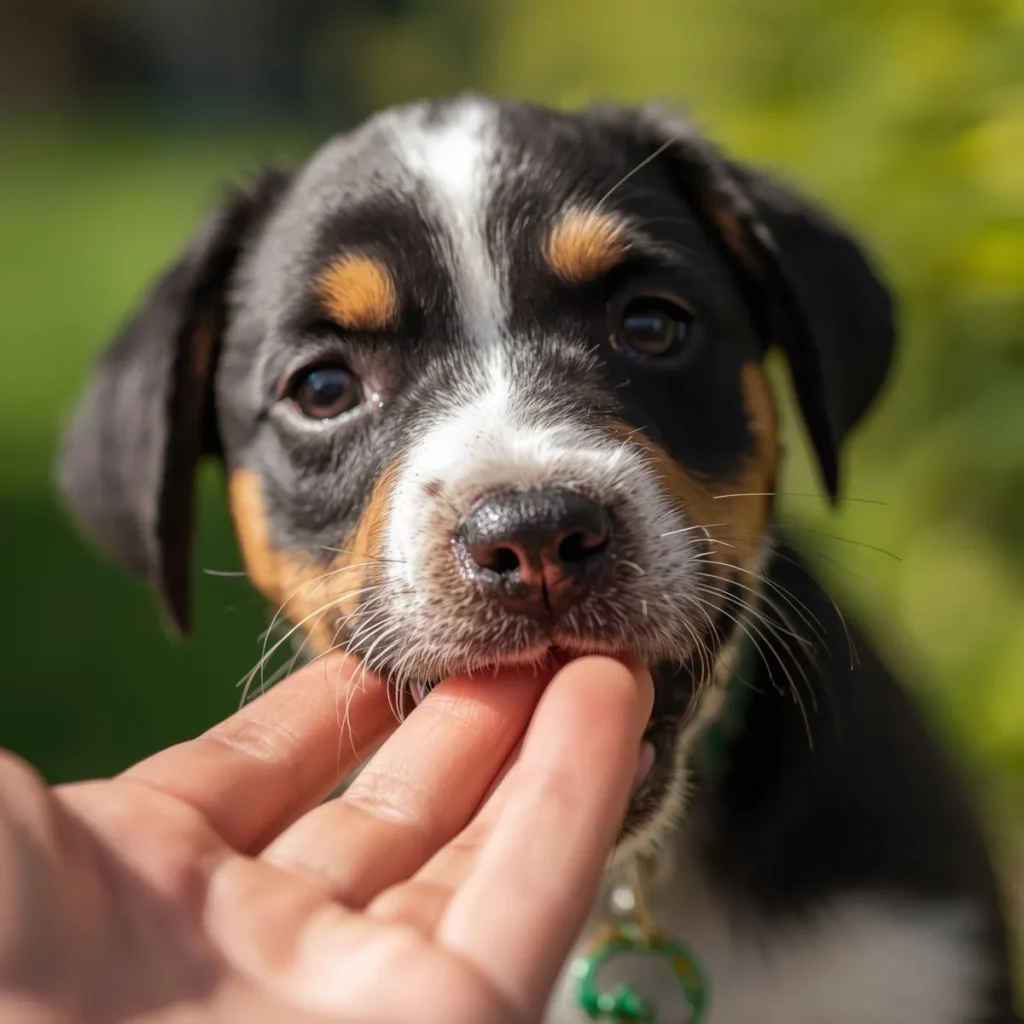
Redirect Their Attention
Another effective method to stop puppy nipping is redirection. This involves guiding your puppy’s attention from something undesirable (like nipping) to something acceptable (like a toy or treat).
Why It’s Important: Redirection helps prevent frustration, which can occur if your puppy doesn’t know what to do with their energy. Redirecting teaches them where to focus their attention.
Tip: If your puppy starts nipping, quickly redirect them to a chew toy or a game. You can also engage them in a training session or a play session with a ball. If they focus on the appropriate activity, reward them with treats or praise.
Be Patient and Consistent
Finally, patience and consistency are key when it comes to training your puppy. Nipping won’t stop overnight, but with consistent effort, your puppy will learn what is acceptable and what isn’t. The more consistent you are with your responses, the faster your puppy will catch on.
Why It’s Important: Dogs thrive on routine and repetition. By staying patient and consistent with your approach, you’ll reinforce positive behaviors and minimize bad ones.
Tip: Be consistent with your cues, like saying “no” or offering chew toys. Don’t give up if your puppy continues to nip—keep reinforcing good behavior, and soon enough, your puppy will learn that nipping is not okay.
Why It’s Important to Stop Puppy Nipping Early
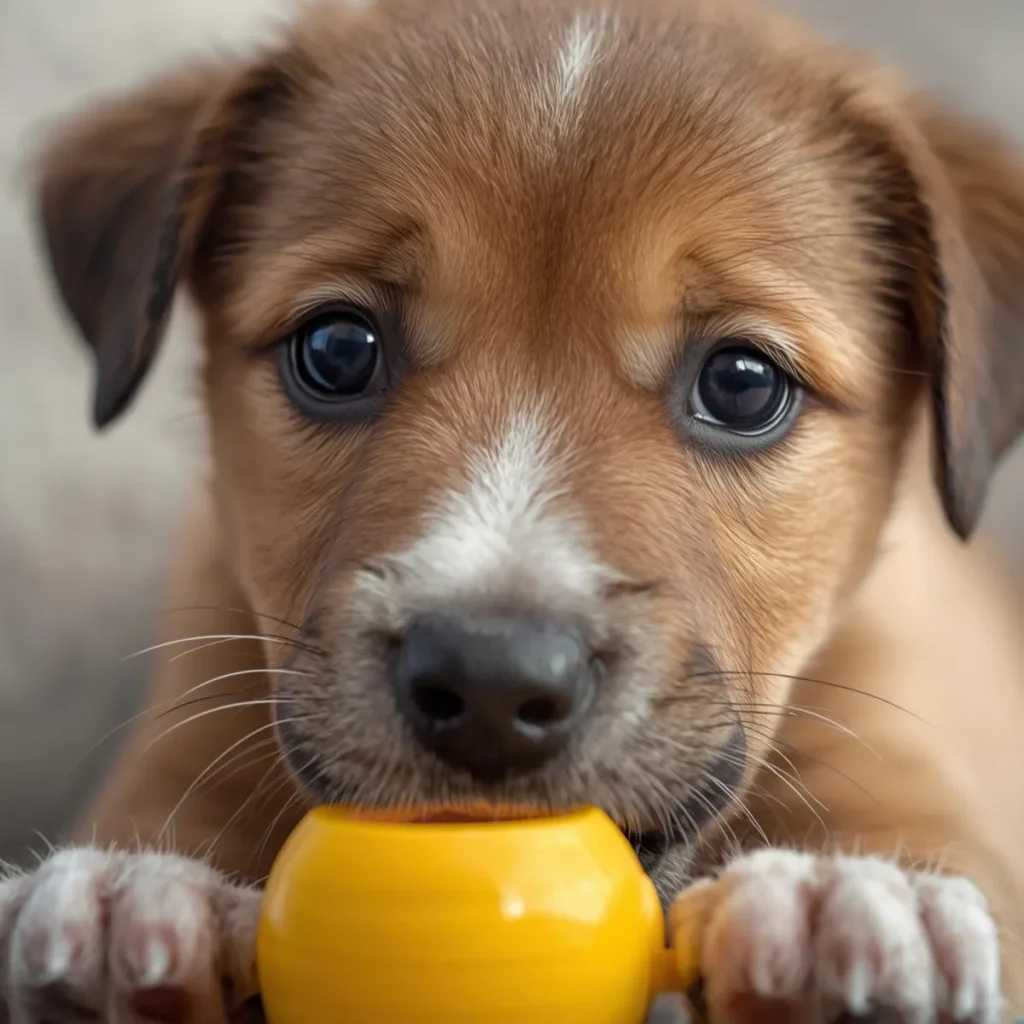
Nipping might seem like a harmless puppy behavior, but if not addressed early, it can develop into biting as your puppy matures. Biting can lead to injuries or behavioral problems, and it’s much harder to correct later on. Stopping puppy nipping at an early age helps foster good behavior and creates a stronger bond between you and your puppy.
Final Thoughts
Stopping puppy nipping requires patience, consistency, and positive reinforcement. By redirecting your puppy’s energy, offering appropriate chew toys, and using clear vocal cues, you can help your puppy learn that nipping is not acceptable. Remember, the key is to remain calm, be consistent, and offer rewards when your puppy behaves well. With time and effort, your puppy will grow into a well-behaved, happy dog!


